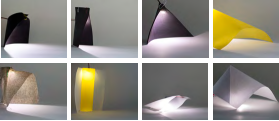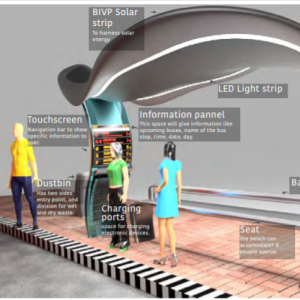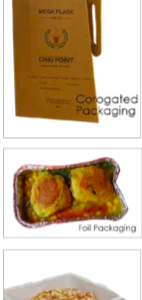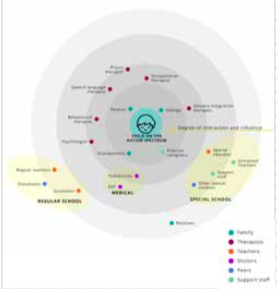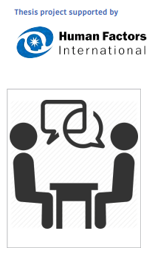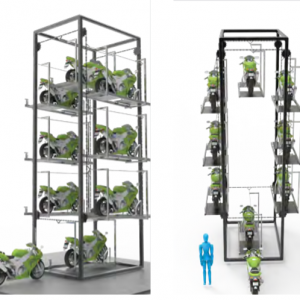Are you a problem solver? Do you constantly seek ways to make people’s lives better?
What if we tell you that you can make a living out of it. You won’t have to counsel people about their hardships but instead on their functional problems. Voila! You are welcomed to the world of product design.
Product design engineering helps you focus on imagining and creating products that solve users’ problems in a specific market. But before we start convincing you that product design is an incredible career option, let’s first start with understanding what it is.
What is product design?

Product design can be understood, in simple terms, as designing products in accordance with a consumer’s wants and needs. The product design process starts with recognizing the end-user consumer. You then need to solve real problems with empathy and apprehend their habits, needs, wants, and behaviors.
Your success depends on whether consumers automatically buy your goods, without thinking about why they want them. For example, you don’t think twice before buying a bottle – it’s already established you need it to consume liquids.
But your role doesn’t end there. You will need to continuously refine your product – cater to customer experience, experiment with its capability, and rule whether it’s sustainable in the longer run.
Relevance of product design
As a product designer, you are responsible for a project during its entire product cycle. You’ll research the concept, create a prototype of your idea and finally test its usability.
The questions you must ask yourself, before undertaking a project, include:
- Which problem are we solving?
- Who faces this problem?
- What do we seek to achieve?
- How are we supposed to achieve it?

To understand the importance of product design, let’s first see some product design examples:
- Post-it notes The small, cute notes you put on surfaces to not forget things.
- Coca-cola bottles: New reusable bottles launched by the company, as a step to make your drink more environmentally sustainable.
- Ballpoint pens: You no longer have to physically refill ink and risk getting your things dirty with spilled ink.
- Polaroid cameras: Designed to capture smallest of events.
- Mascara Wand: Bring in grace and courage!
Surprised? We aren’t. These products are some of the most successful examples of product design. They easily target one or more essential needs of a buyer.
Product design engineering is practical in various fields, especially Business Development and Marketing. The design and its specific needs determine the success or failure of the product in the market while affecting the company’s reputation.
From the beginning to its end, the product creation cycle needs to be reviewed by a designer to develop the product effectively and efficiently. Furthermore, the aesthetics of a product play a significant role in consumer decision-making.
Generating sales and marketing depend on the nature of your product and its packaging.
Types of Product Design

Now that you have a general idea about the process of product design and why it is fundamental, let’s drive ahead to examine the various types of product design.
Types of product design
As a product designer, your skills can help you to understand different aspects of product designing.
There are essentially three types of product design:
1. System design
Let’s understand this with an example. Say you were to design the layout of a shop. You’ll organize items and distribute them in logical categories like snacks, dairy, etc.
The shop’s layout will depend upon three main things:
- Customer intuition
- Convenience of use
- Commercial goals
You need to highlight items that consumers want on an immediate basis, like milk. When you design keeping these things in mind that’s exactly what system design is.
-
Process design
Here, you try to ensure that the “process” of something isn’t inconvenient for people. Good navigation is important when you use e-commerce websites. You’ll need to create segments for a few functions like browsing, saving, selecting, adding to a cart, etc. Did you know that 44% of users leave a website because of poor mobile navigation!
Another example is the alternate usage of shopping baskets and trolleys. In local stores, you would prefer to use a basket to avoid cramping up the space. However, in malls, you would favor trolleys because they are easier to navigate long distances.
With this, process design is at your rescue. At once when you look at trolleys or baskets, you understand your need in the moment.
-
Interface design
Apart from convenience and ease of use, you also need to focus on the aesthetic experience of a product. A consumer should be able to look at a product and feel that they can use it instinctively.
You ought to carefully use colors, fonts, and icons to guide a person through the product’s usability. For example, when you look at the various pockets in a school bag, you instinctively know where your wallet, books, pens, and laptop will go.
When making a career decision, you need to recognize which problem you want to solve.
You should keep your options open when looking at potential product design courses. But as a product designer, you need to choose if you want to be a UX designer, focusing on user experience and interaction. Or you can choose to be a data analyst, identifying ways to improve a product’s layout, features, and aesthetics.
You can even choose to be an animation designer and focus on “moving” the elements and bringing life to your artwork. As a product designer, you will be required to know consumer research, design, animation, data analysis, and prototyping.
How can ISDI Help:
To learn all of and more you can come to us!
We can always help choose your favorite product design course and help you understand the workings of the product design process via both theory and practice.
ISDI offers various design programs such as Strategic Design Management, Product Design Fashion Design, Fashion Communication and Styling, Interior Design and Strategic Design, Communication Design, and Management. Pursuing one of the degree programs, that is, Bachelors in Design (BDes) – 4-year program or Postgraduate In Design (PGDI) – 11 months program. Either of the programs is an alternative to a career in fashion and design.
The ISDI campus is located in the business district of Mumbai, the commercial center of India. ISDI consists of a curriculum that is based on that of the Parsons School of Design, experienced and industry-leading faculty, and practical project-based training, all situated on a state-of-the-art campus. ISDI is just the right place for someone looking to start a career in design.


